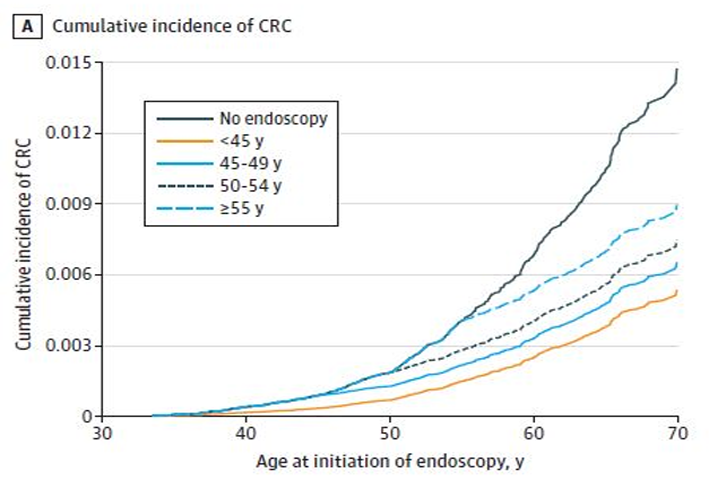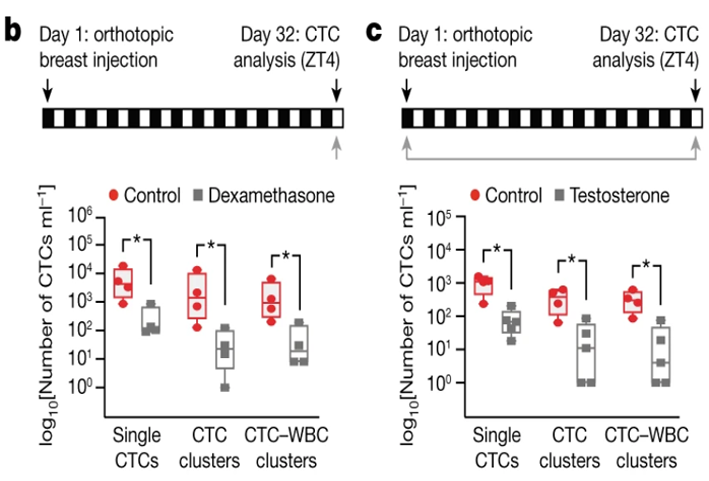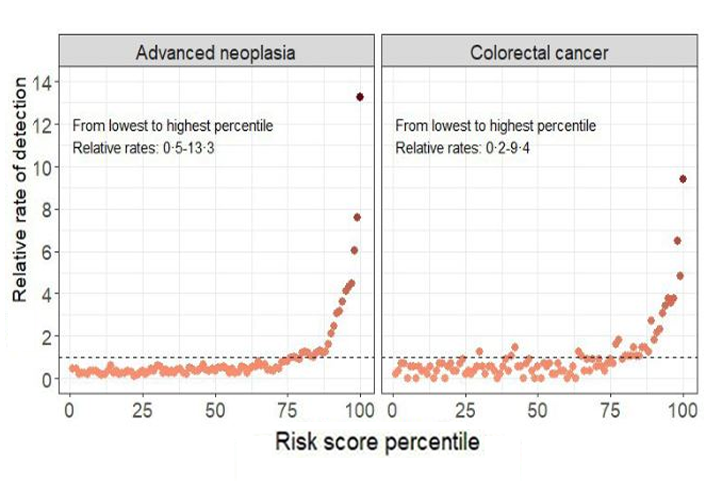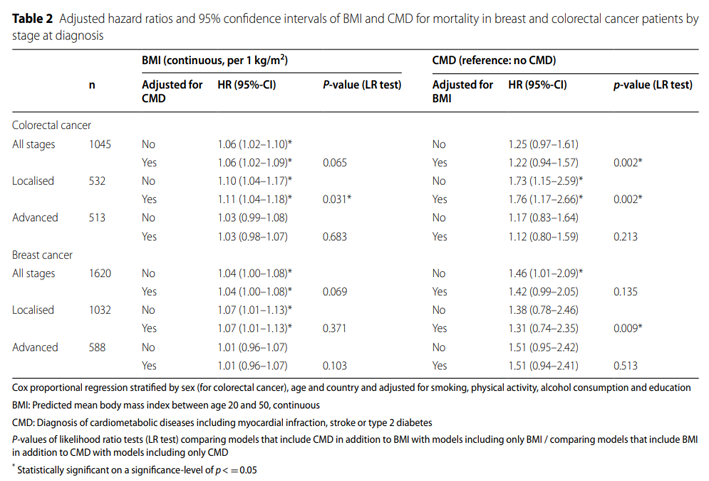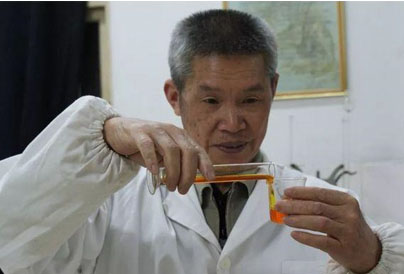Breast cancer (BC) is the leading cause of cancer incidence rate and the fifth leading cause of cancer death in women worldwide. Although male BC accounts for only 1% of all BC, its incidence rate is increasing year by year, and the burden cannot be ignored. Genetic and non genetic risk factors associated with BC have been extensively studied. For example, BRCA1 and BRCA2 mutations, a variety of non genetic risk factors include age, poor lifestyle, high body mass index (hbmi), metabolic syndrome, radiation exposure, sleep problems and negative emotions.
The incidence rate of BC varies with geographical and temporal changes in risk factors. According to GLOBOCAN 2020, the incidence rate of BC in developed countries is 88% higher than that in developing countries. Although China is a developing country, the incidence rate of BC is the highest among Chinese female cancers in 2020, reaching 37.7 cases per 100000 people. On the other hand, there are few studies on Chinese male BC. As a densely populated developing country in East Asia and the Pacific, China shares similar genetic background and culture with developed Japan and South Korea. Therefore, the assessment and comparison of BC burden, trend, risk factors and future burden of women and men in these countries may provide valuable information for cancer control.
The global burden of disease (GBD) study includes various epidemiological data on the disease since 1990, which provides an unprecedented opportunity for comparable assessment of BC burden, trends and risk factors among China, Japan and Korea. In addition, the study also predicts the BC burden among these three countries by 2034. The research results can provide scientific reference for BC control policies in China and other developing countries, and contribute to the effective allocation of medical resources in BC management and prevention.
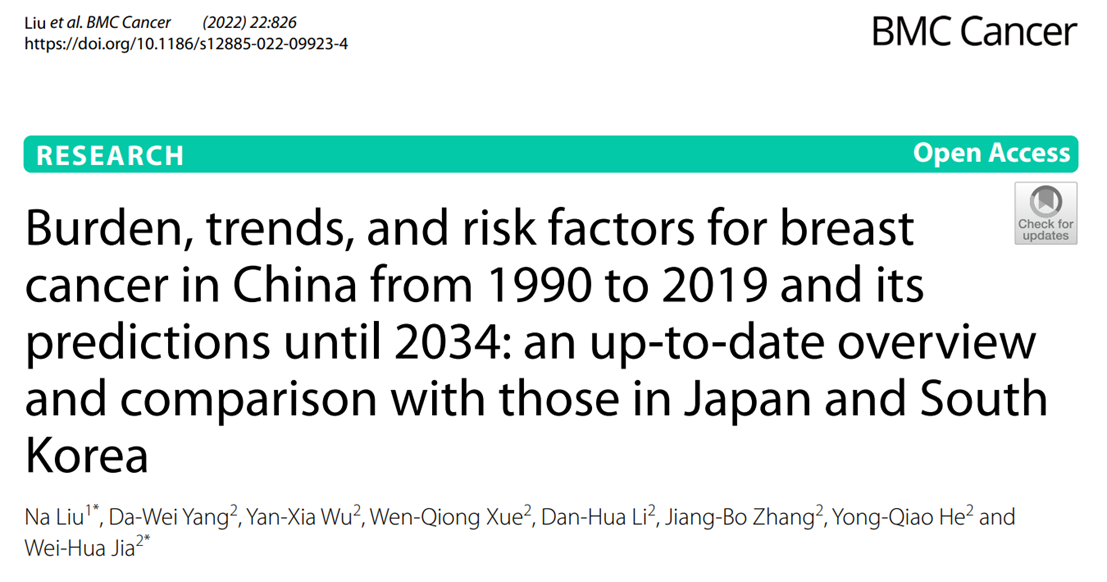
Data on BC cases, deaths, disability adjusted life years (DALYs) and age standardized rates (ASR) were obtained from the 2019 global burden of disease study.
In 2019, China had the largest number of BC cases (375484), deaths (96306) and DALYs losses (2957453), accounting for 58.27%, 49.82% and 48.83% of the BC burden in East Asia and the Pacific, respectively, and 18.75%, 13.75% and 14.34% of the global BC burden. The number of incidents, deaths and DALYs were 5.03, 6.0 and 7.44 times that of Japan and 18.47, 23.55 and 24.05 times that of South Korea, respectively (Table 1).
From 1990 to 2019, the number of BC cases, deaths and DALYs in men and women in China, Japan, South Korea and the world increased significantly. South Korea (488.66%, 185.92% and 138.48%) had the largest increase in female BC, while China (1192.73%, 659.46% and 588.21%) had the largest increase in male BC (Table 1).
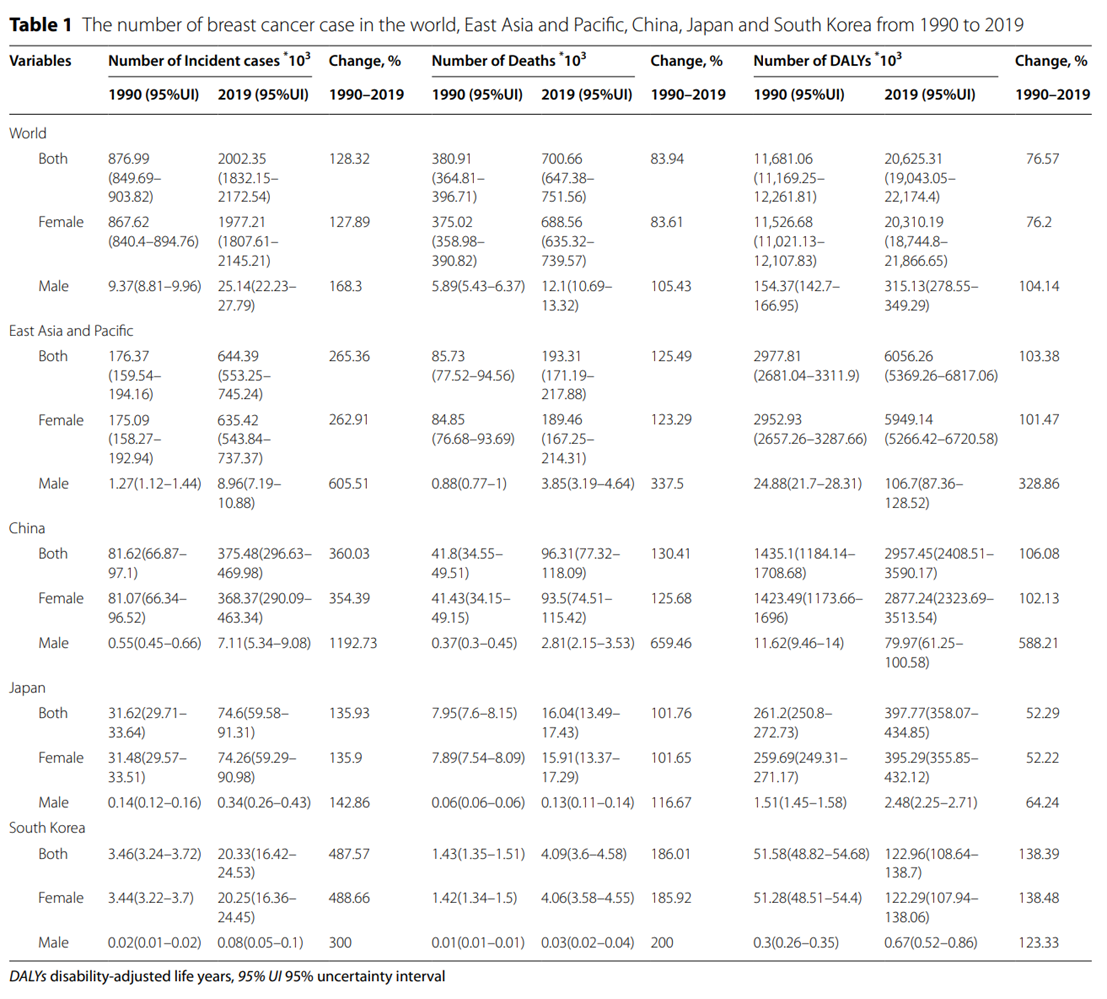
Asir of both sexes is positively correlated with SDI value, however, an interesting phenomenon is that when the SDI value is greater than 0.853, Japan( ρ = - 0.80; 95%ci:-0.96--0.23, P = 0.016) and Korea( ρ = 0.30; 95%ci:-0.51- 0.83, P = 0.47) decreased or remained stable (Figure 1a). In contrast, when the SDI value is lower than 0.853, China( ρ = 0.36; 95% ci:0 – 0.64, P = 0.048), Japan( ρ = 0.98; 95% ci:0.96 – 0.99, P < 0.001) and Korea( ρ = 0.98; 95% ci:0.95 – 0.99, P < 0.001) there was a negative correlation between asdr and SDI values in men and women (Figure 1b). The relationship between age standardized Daly rate and SDI was similar to that between asdr and SDI in men and women (Fig. 1c). At the same time, the ASR of China and South Korea was lower than expected, while the ASR of Japan was higher than expected with the increase of SDI value.
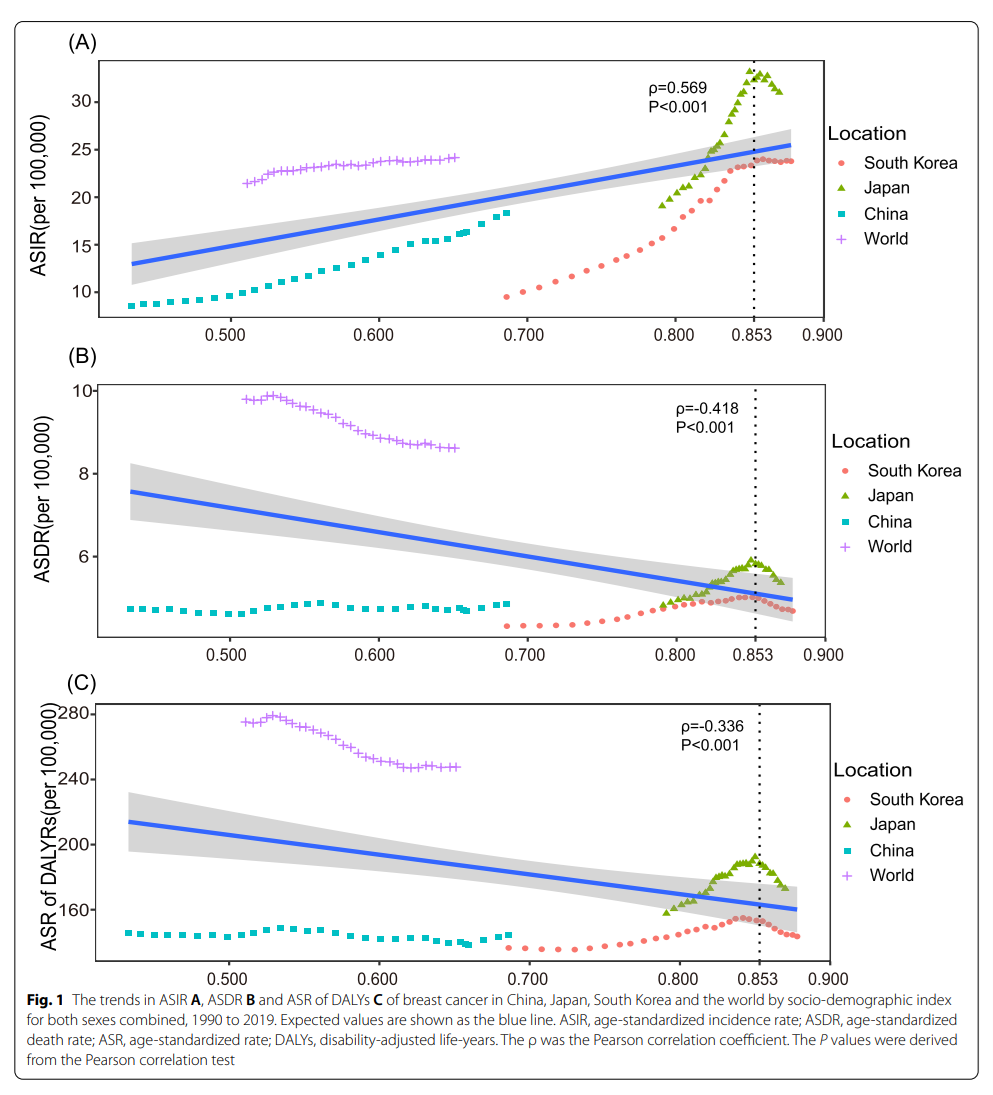
High body mass index (BMI) is the largest contributor to BC death and disability adjusted life years in Chinese women, while alcohol consumption is the largest risk factor in Japan and South Korea as well as in Chinese men.
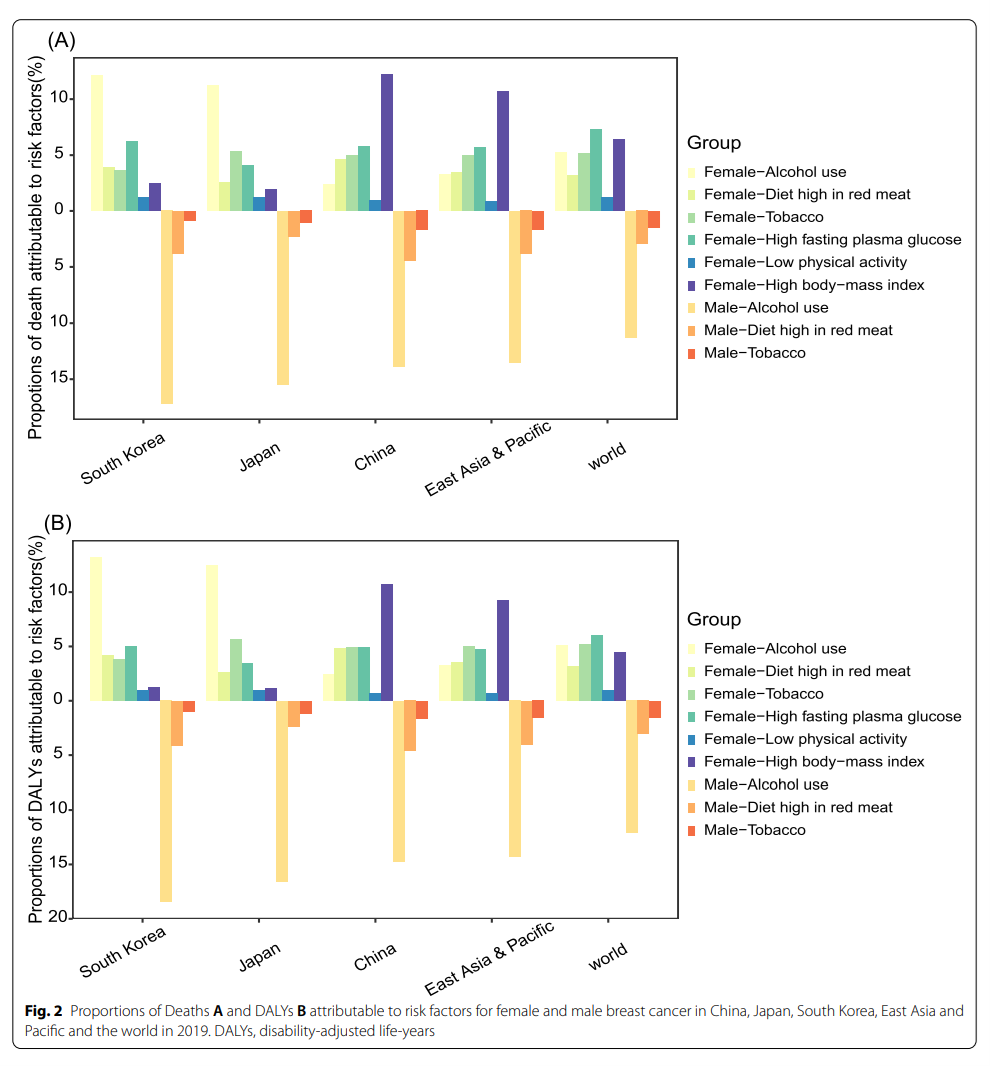
Comparing the incidence rate and mortality calculated by bapc model with the observed incidence of GBD 2019 between 1990 and 2019, it was found that they were almost equivalent to each other (Figure 3). During 2020-2034, it is expected that the Asir of Chinese, Japanese and Korean women BC will remain stable or decline, but the Asir of BC among Chinese and Japanese men will show an upward trend, especially among Chinese men, with an annual growth rate of 1.66%, reaching 0.93/100000 by 2034 (Table 2).
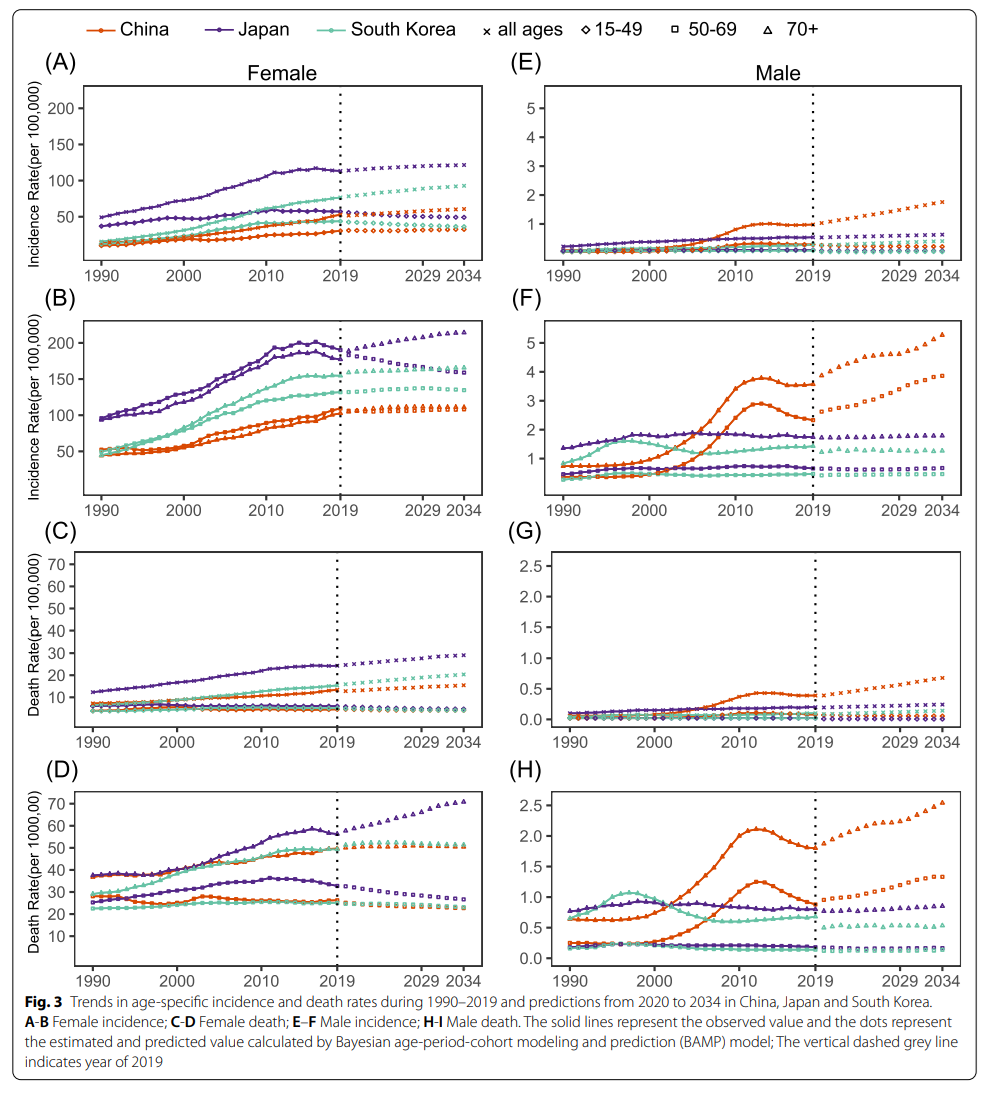
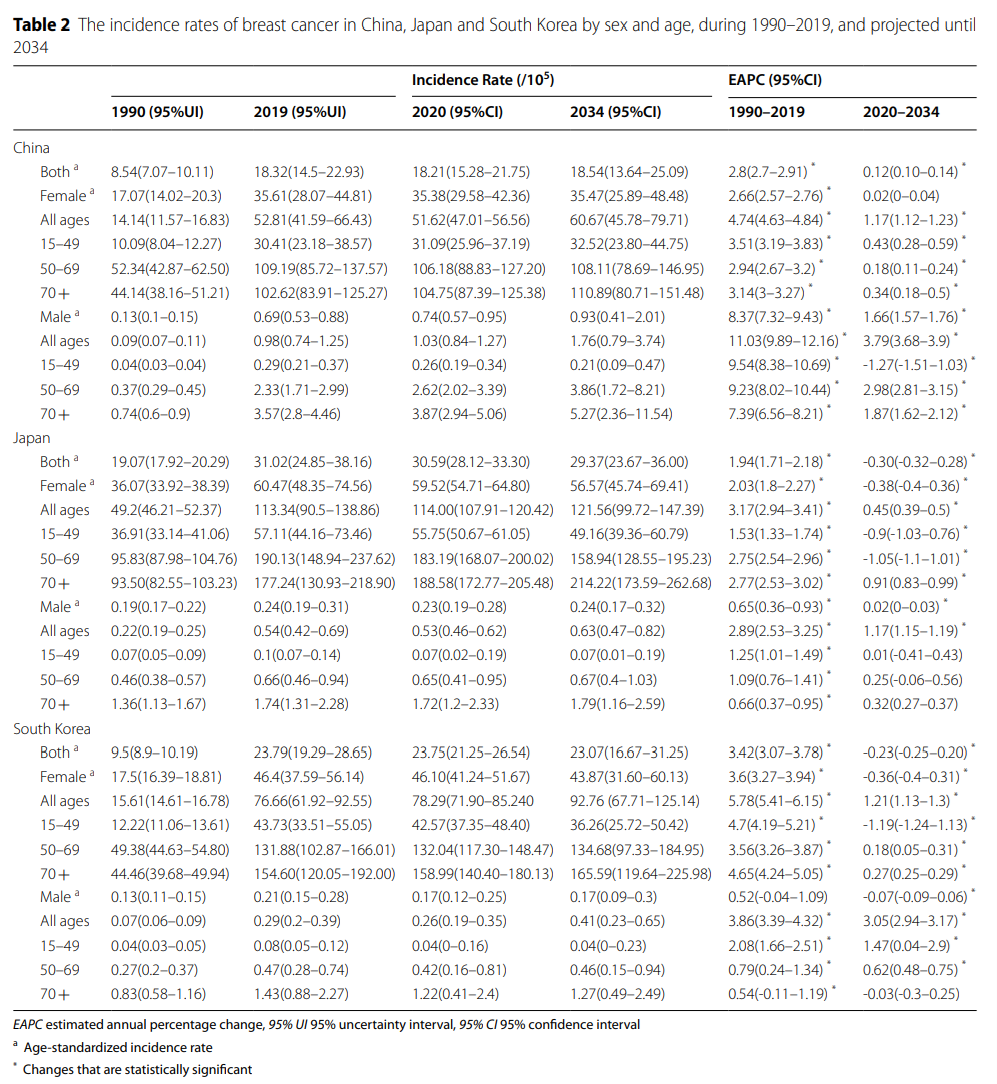
Among the three countries, China bears the largest burden on BC. BC cases and deaths are expected to increase in China in the next 15 years, especially among Chinese men. Effective prevention and management strategies are urgently needed for BC control in China.
Original source:
Liu N, Yang DW, Wu YX, Xue WQ, Li DH, Zhang JB, He YQ, Jia WH. Burden, trends, and risk factors for breast cancer in China from 1990 to 2019 and its predictions until 2034: an up-to-date overview and comparison with those in Japan and South Korea. BMC Cancer. 2022 Jul 29; 22(1):826. doi: 10.1186/s12885-022-09923-4. PMID: 35906569; PMCID: PMC9334732.
Source:





